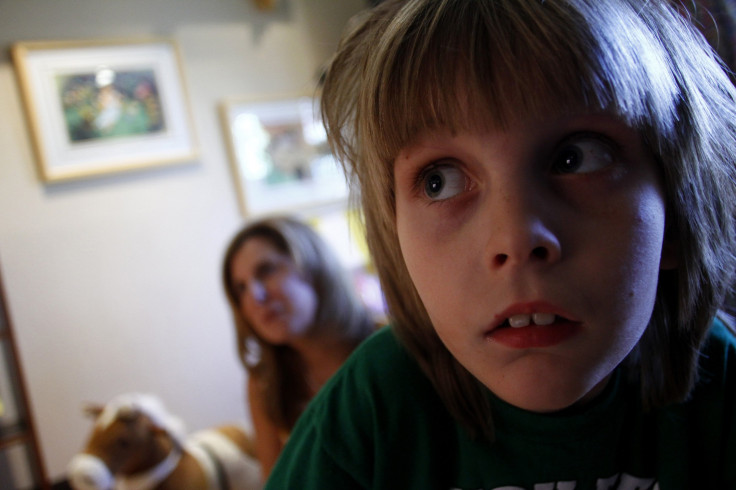Autism Risk Higher For Children Of Teen Moms And Parents With Age Gap

Children of teen moms and kids of parents with a wide gap in age are at higher risk for autism, researchers found in the largest multinational study to date on the well-known link between parental age and autism. The study, which was published Tuesday and pooled data from the national health systems of five countries, suggests more aspects of a parent’s age than previously thought may play a role in determining the risk of autism for their child.
The study examined health records of over 5.7 million children born between 1985 and 2004 in five countries -- Denmark, Israel, Norway, Sweden and Australia. Among children of teen moms, autism rates were 18 percent higher than for moms in their 20s.
Children who were born to parents with a gap in age were also more likely to suffer from the developmental disorder. The effects were greatest for children born to a father between 35 and 44 and a mother who was in her early 20s. This was the first study to show that a difference in age between parents can heighten a child’s risk of autism, which has a wide variety of symptoms, from difficulty making friends to lack of empathy to inability to make eye contact.
Still, the greatest age-related factor for autism remains the age of the father -- a link that was first determined as early as 2009. Children of fathers who were over 50 years of age in the latest study were 66 percent more likely to have autism than children of fathers in their 20s. For fathers who were in their 40s, autism rates were still 28 percent higher. A mother’s age also played a role, though not as great as a father’s. Children of mothers in their 40s were about 15 percent more likely to have autism than children born to moms in their 20s.
Scientists know that genetic mutations occur in a man’s sperm over time, boosting the risk that their offspring will suffer from a defect that leads to autism. They do not yet know why a mother’s age, or a gap in age, would have any effect on a child’s risk for the disorder.
Older parents are becoming more common in both the U.S. and Europe. From 1990 to 2008, the number of births to women who were 35 and older grew from 9 percent to 14 percent of all births in the U.S., according to Pew Research Center. At the same time, teen birth rates dropped by 3 percentage points over the same period, to make up 10 percent of all births in 2008.
The new study was published Tuesday in Molecular Psychiatry and funded and led by Autism Speaks, a U.S.-based advocacy group that invests heavily in autism research.
© Copyright IBTimes 2024. All rights reserved.






















